Key Takeaways
- NPCs should serve specific purposes in a D&D campaign, like offering comic relief or providing valuable information.
- Wallflower warriors can be used in combat to balance encounters, but won’t be memorable.
- Curmudgeon NPCs can help point out flaws in players’ plans, but should be used sparingly to avoid railroading.
NPCs are the building blocks that make stories in Dungeons & Dragons memorable, hence why the 2024 Dungeon Master’s Guide offers an in-depth guide on how to make them. Among these guidelines are NPC archetypes, tailor-made for NPCs that adventure alongside the party for a limited amount of time.
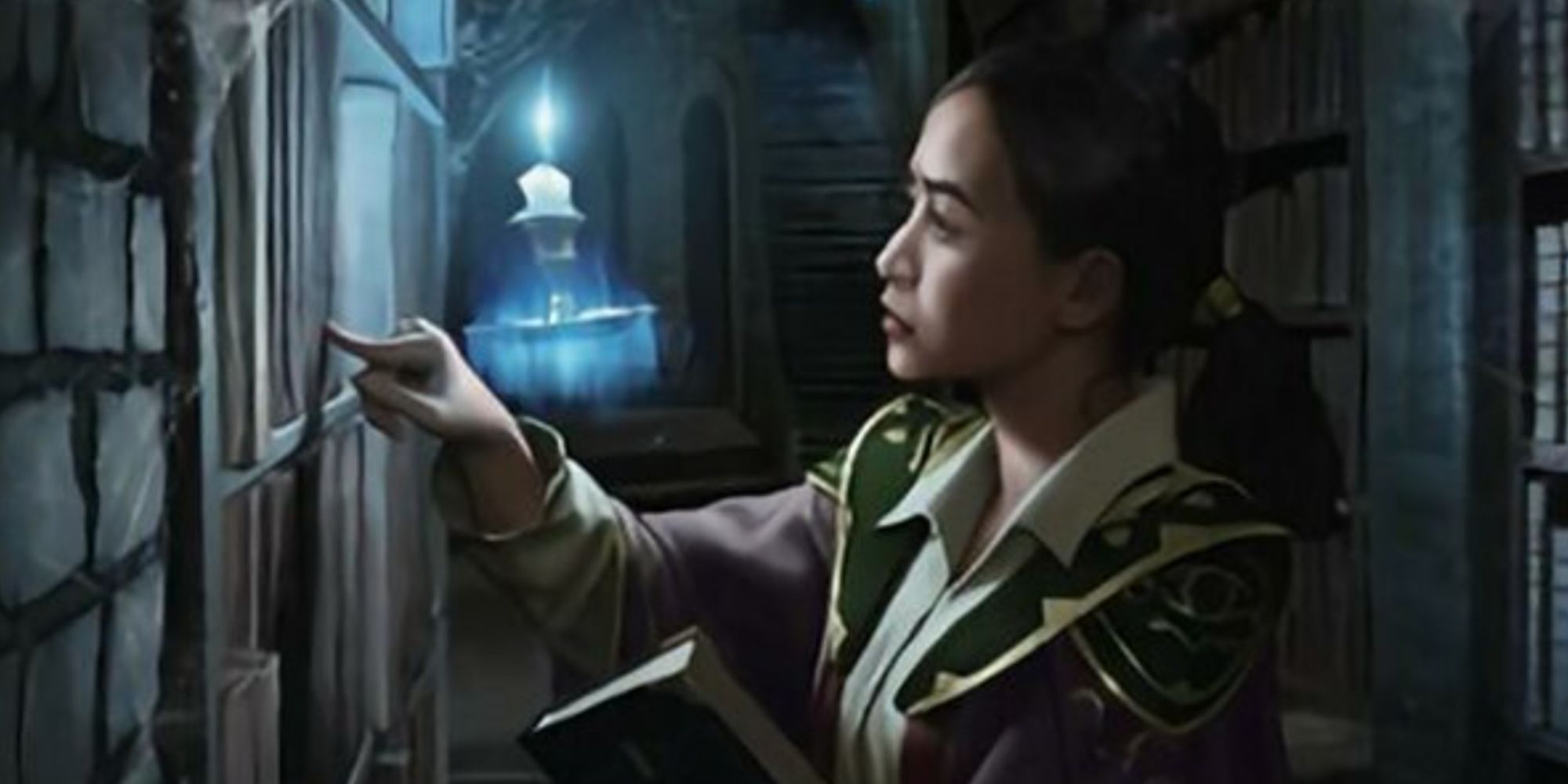
Related
You are, of course, free to add NPCs and mold them as you see fit, but the archetypes can help you make these NPCs as helpful as possible without them overstaying their welcome. However, not all archetypes can fit your party, making some far more useful than others.
6
Comic Relief
That’s What The Players Are For
Comic relief is an archetype present in nearly every piece of fiction, be it fantasy-themed or otherwise. It works as a way to release the tension built up through all the serious adventuring, being able to see the bright side of battling all the interdimensional threats the heroes often face.
While a comic relief NPC can be an interesting addition to a D&D party, what relief it can offer is often already being brought by the players. If you have five players in your party, you are more than likely to already have five comic relief, so introducing a sixth seems like a waste of space.
5
Wallflower Warrior
Background Muscle
The point of the wallflower warrior is to be a temporary NPC that works as an additional body for monsters to focus on during combat. This warrior will rarely talk, hardly kill anything, and most likely will get killed by the end of the encounter, so hopefully your players don’t get too attached.
This is a very standard way of using a friendly NPC in combat, and you more than likely already used something like this in your previous role-play sessions. This style of NPC won’t be memorable, but it can work wonders to balance an encounter, or to give more time for players to understand a special mechanic before they become the only target.
4
Curmudgeon
It Means Bad Tempered
The curmudgeon style of NPC is presented as a way to point out the flaws in the player’s plans, either for light banter or to steer them in the right direction. Having an in-universe ally being able to bring up certain glaring issues to the players gives you the tools to help them without outright metagaming.
This can, of course, backfire; there isn’t a better way to have players be determined to do something than telling them that they can’t. Still, they might at least revise their plan, which might still be a ‘bad’ one but at least could turn into a possible one.
You don’t want to use this type of NPC often, since it can feel dangerously close to a railroad.
Fortunately, this is a personality trait that other established NPCs can have, like a merchant to whom the party tells of their exploits, or the warlock’s patron who has some opinions about the adventure.
3
Walking Textbook
When Lore Needs Legs
The walking textbook NPC is nothing more than a source of information; they can be as lovable or as hateful as you want, but their role in the party is relegated to information giver, not active combatant. These NPCs are usually hyper-knowledgeable about a single subject, so while the players will rarely run into them again, they can be very useful for their current endeavors.
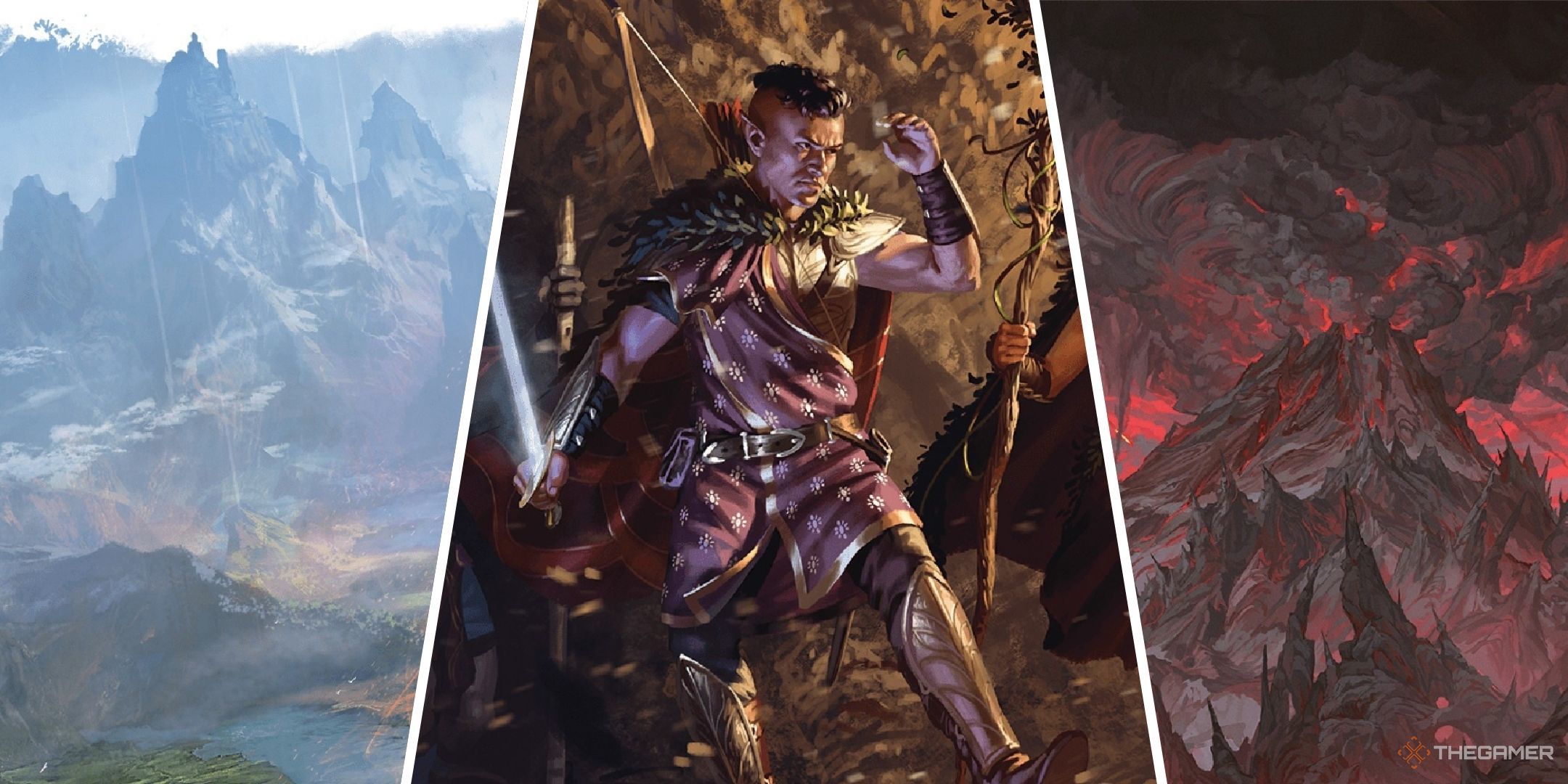
Related
Dungeons & Dragons: 7 Best Planar Effects
The 2024 Dungeon Master’s Guide has a lot of interesting planar effects to bring to your campaign.
The ideal scenario for this NPC is when players need to figure out a puzzle relating to lore, but they can’t leave the dungeon to research it. Having someone to interpret the ancient dungeon’s carvings can help the players figure out whatever they might need, or you could just have the NPC figure it out if the players can’t after a couple of hours.
2
Milquetoast Healer
Keeping Everyone Healed Up
The point of a milquetoast healer is to fill the support role that the players might be missing, having access to healing spells that can remove the worst conditions or bring characters back from the brink of death. This style of character often lacks any sort of personality, with players looking at it as nothing more than a source of spells.
You don’t want this healer to be a permanent part of the party, since the encounters should be balanced for what players can do. If you think that your players should have some form of healer, talk it through with them before either punishing them or adding a DMPC to do the healing for them.
Now, it is a different thing if you want a healer for a single, brutal session. In that case, you are giving them some extra temporary tools to survive a specific bossfight, and you might even want to give the players the option to control this NPC, so the responsibility of surviving still rests entirely on them.
1
Dutiful Assistant
The Perfect Permanent NPC
The dutiful assistant is an ideal NPC archetype to keep with the players at all times, since it can do a lot of the busywork no one wants to do, like carrying heavy items or taking care of mounts when exploring a dungeon. Having someone they trust doing these types of things can not only lighten a literal load, but also make adventures happen at a faster pace.
This assistant can end up becoming crucial for how players adventure through the world, something you can use for certain plot hooks. You can kidnap the assistant, making the players eager to recover such a useful companion, or turn the assistant evil, able to betray the party when they least expect it.


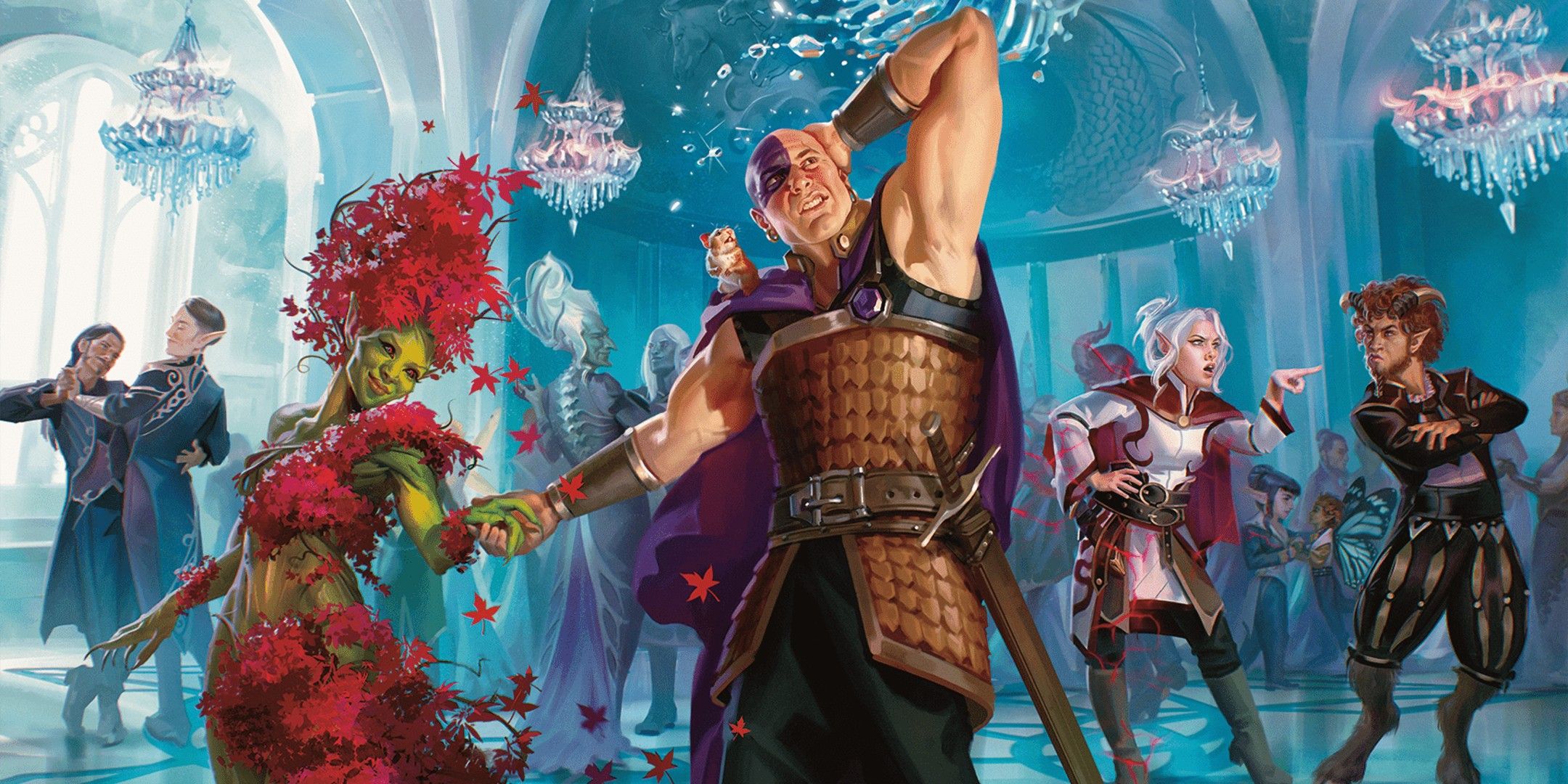
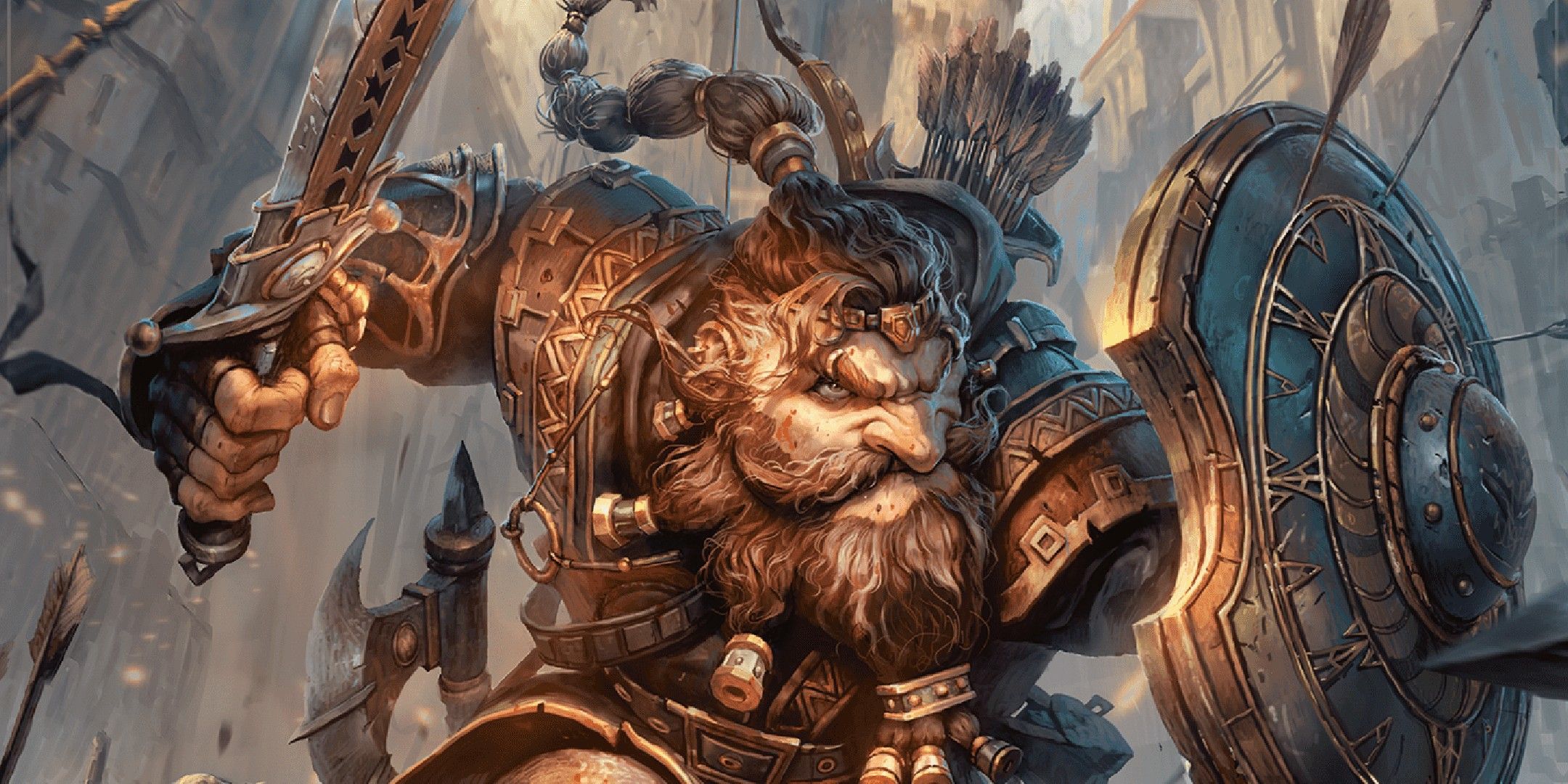
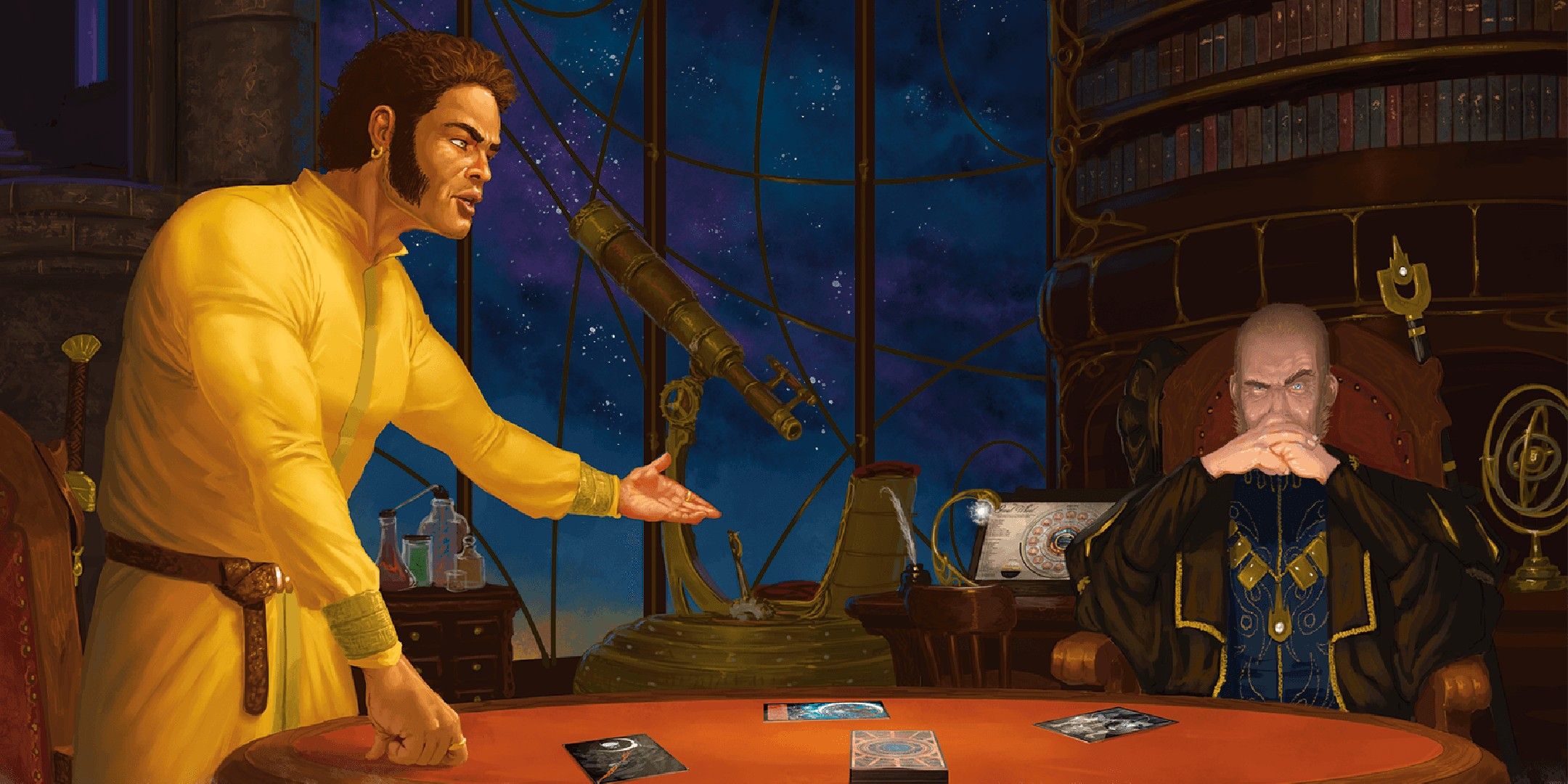
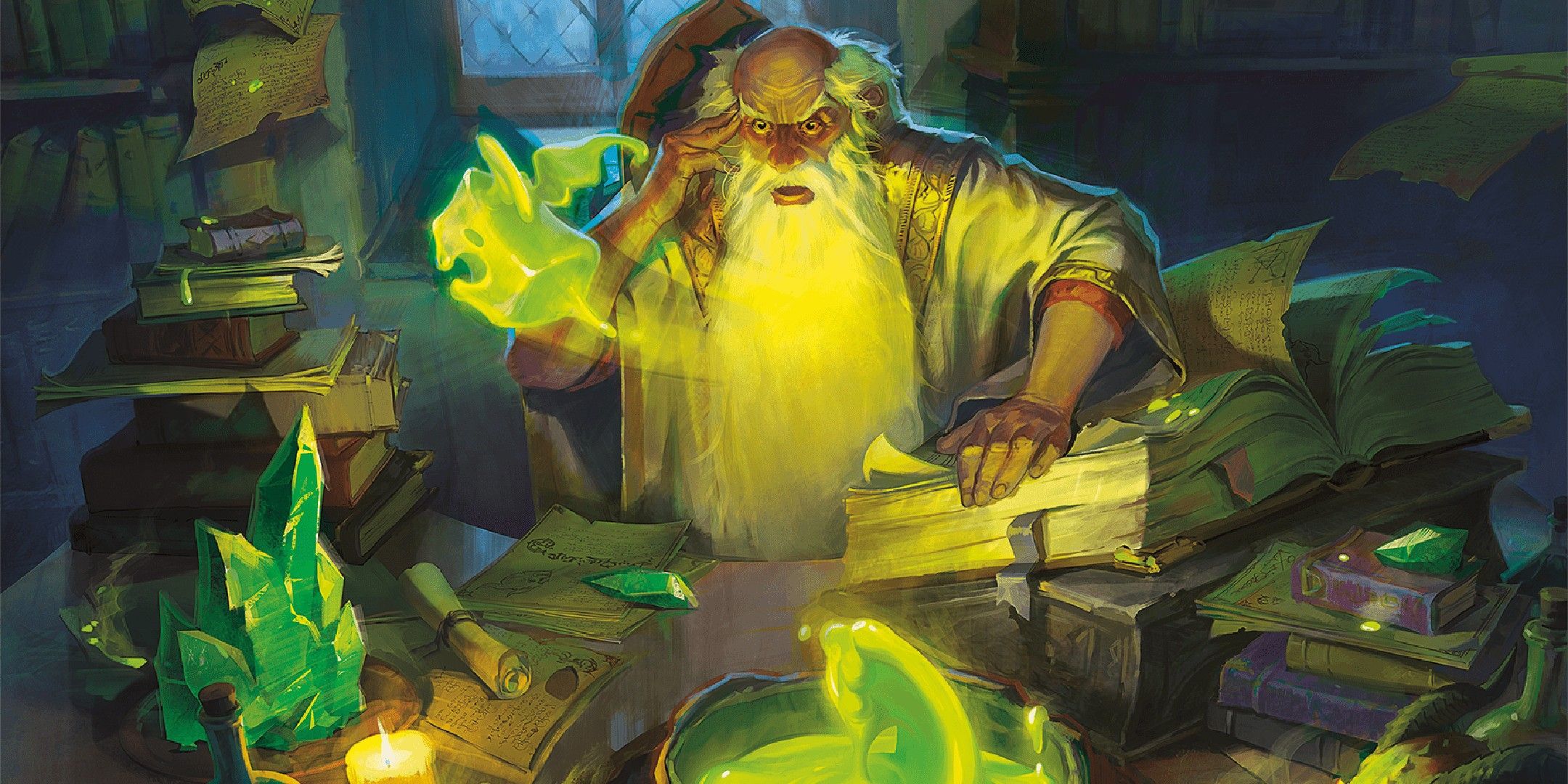
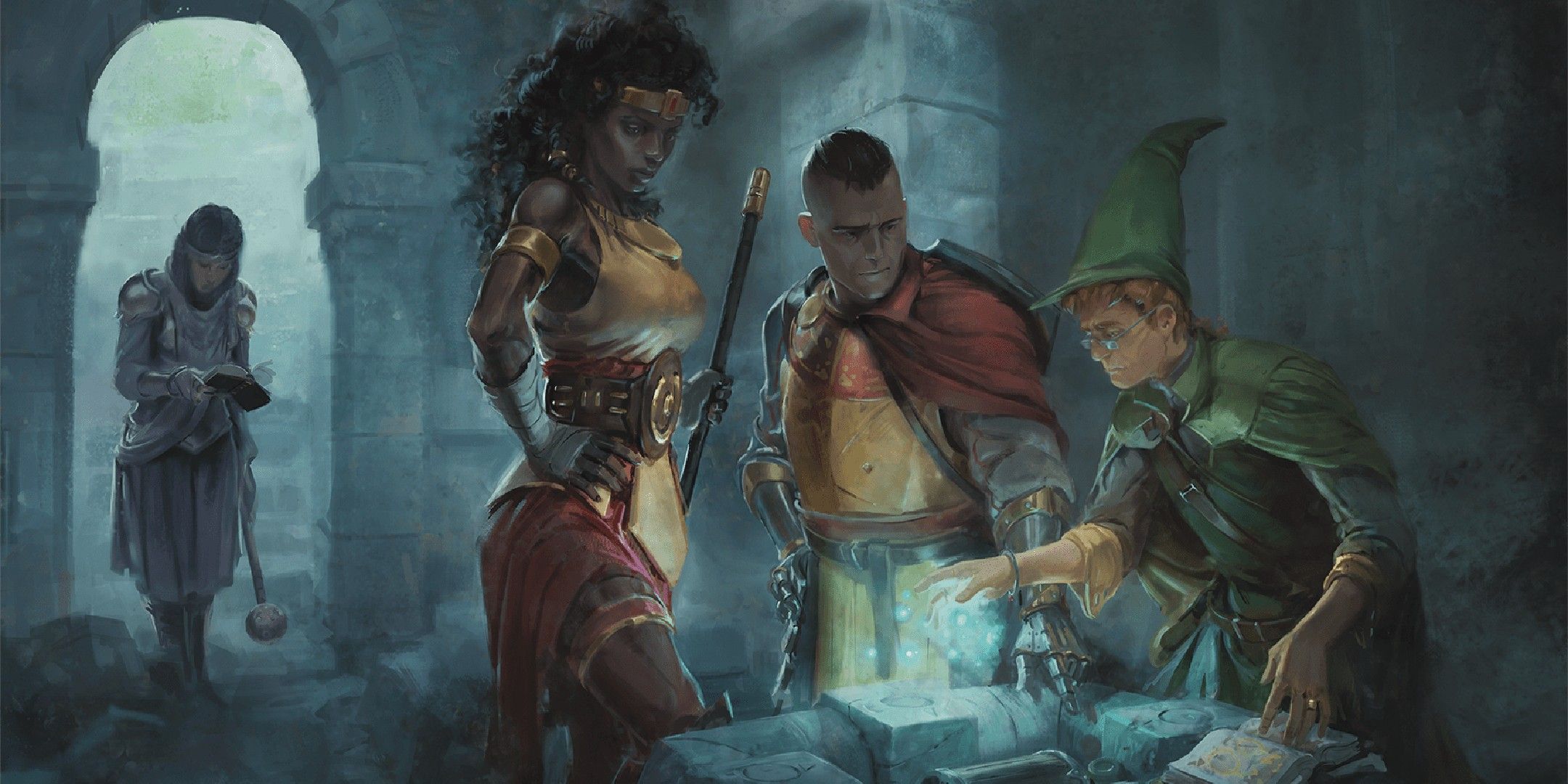
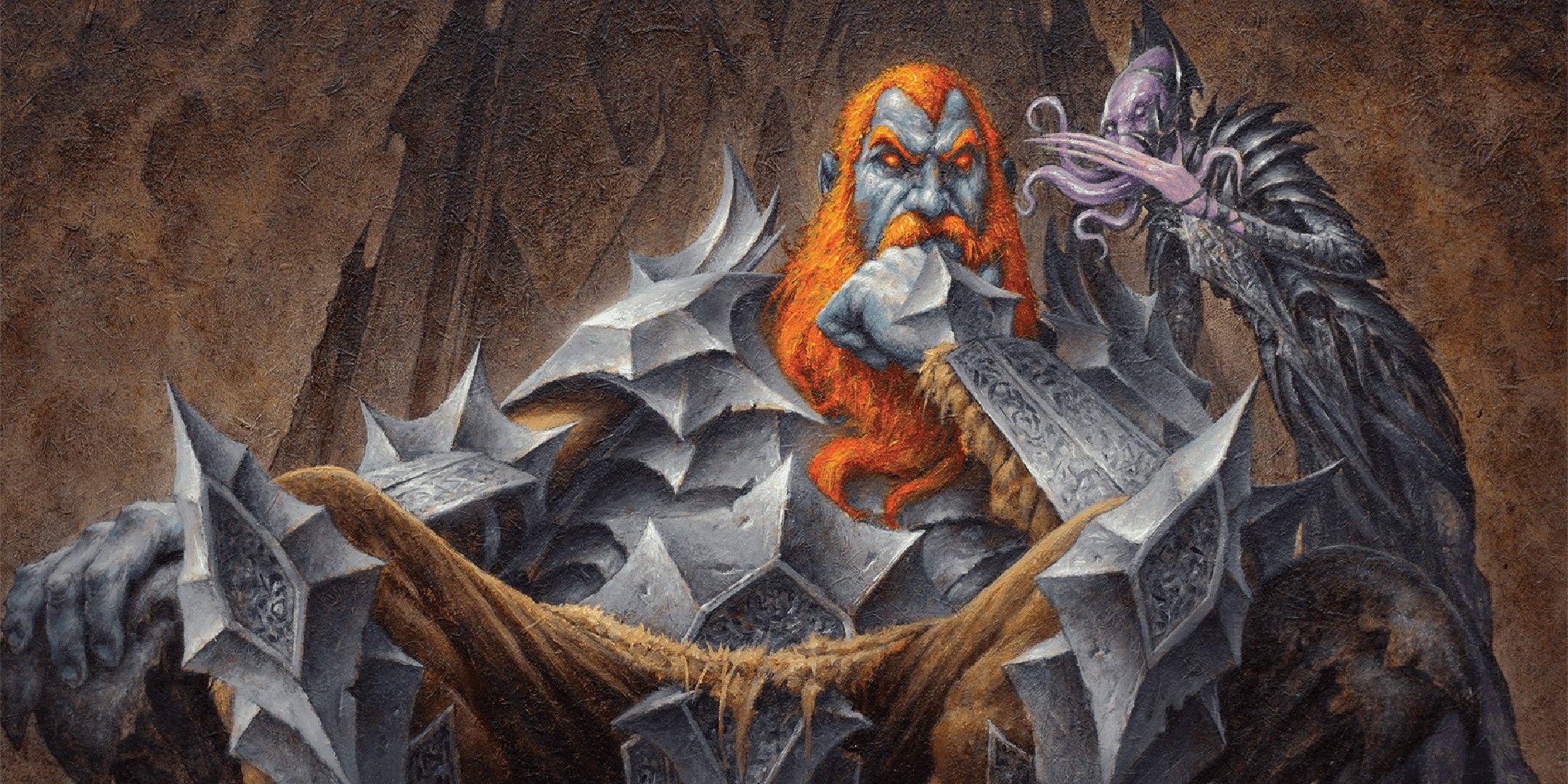



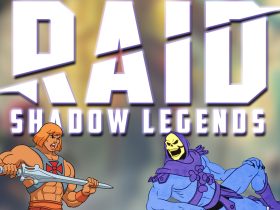

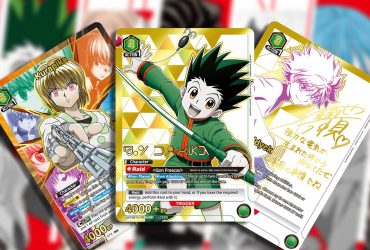

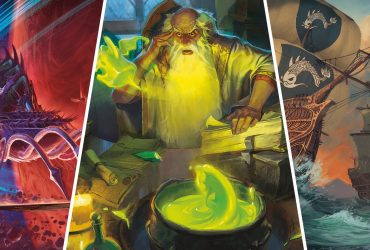
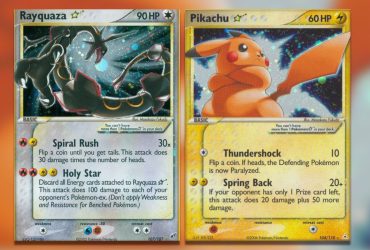


Leave a Reply